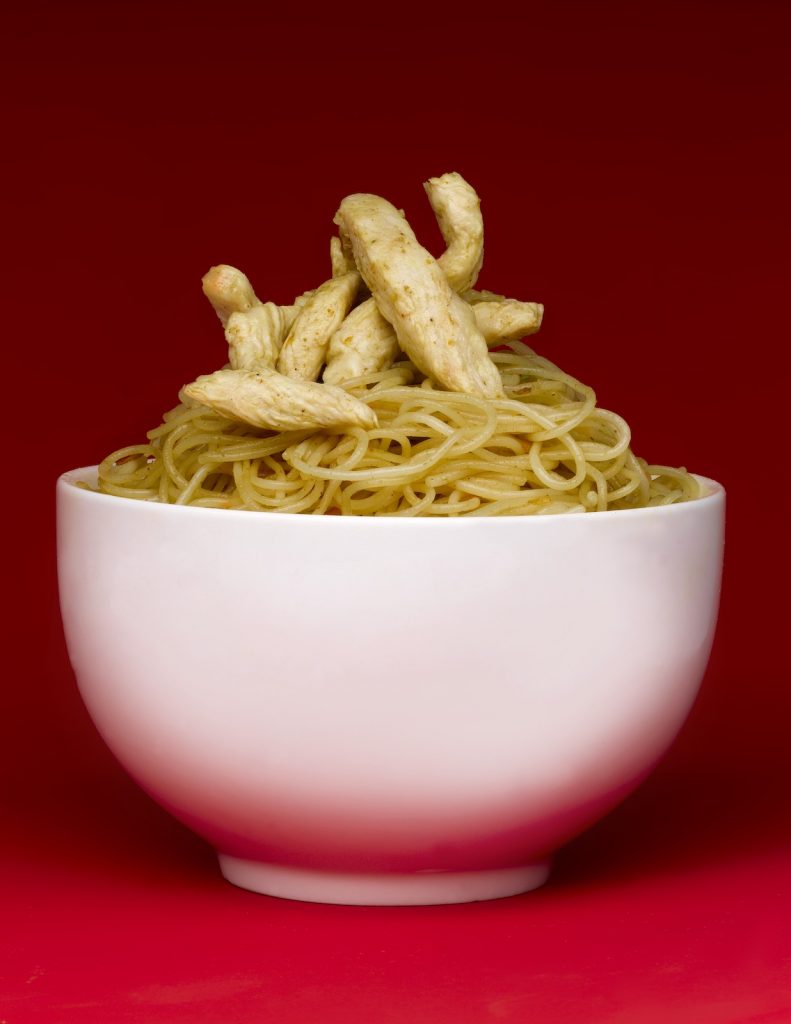The half-billion egg recall of late August has been the latest in a string of contaminated-food recalls by the Food and Drug Administration. The action came after 1,500 people contracted the egg-borne salmonella enteritidis. If left untreated, salmonella can kill those with compromised immune systems—the elderly, infants, or people with HIV. The cause of the contamination? Chickens living in unsanitary and inhumane conditions.
Recently, a pattern has emerged: A large animal-processing company reports it is responsible for an outbreak, the media begins flapping its wings, and the public panics. Industry and the FDA offer short-term recommendations to an anxious public until the food supply is clean again. The recommendations usually go something like this: Eat organic or free-range until the problem is under control. Once the coast is clear, go back to purchasing cheaper, heavily processed sources of protein.
During this latest outbreak I visited with Anthony Iacono, of Iacono Farms, a free-range chicken farm on the South Fork of Long Island, New York. Anthony’s father broke ground in 1948, long before the term “free-range” was coined. I spoke with Iacono about the difference between his birds and poultry produced by agribusiness. I asked him to shed some light on the chicken business as a whole.
I discovered that it’s easy to raise chickens. Birds raised with ample space, that are fed and watered three times a day and properly cleaned up after and cared for, yield happy, healthy, great-tasting poultry. Rarely do they require anything more than that.
But if it is so easy to raise healthy chickens, then why all the chicken farms with their dismal living conditions? The answer is simple math. Agribusiness pumps up the bottom line by making cuts that keep the investors happy. Crowding as many chickens together as possible and disregarding hygiene is usually a good start; it’s cheaper than paying for the antibiotics that keep the birds from getting too sick.
Chickens ordinarily grow at the rate of a pound a week. The growth hormones chickens are fed add only a few ounces to the adult chickens’ weight, but if you consider we’re talking millions of chickens, the ounces add up. And so at the cost of a hormone-puffed chicken, the consumer gets a few extra ounces of a chicken bred to yield a higher percentage of breast meat (some are so top-heavy, they stumble when they walk).
If you find it necessary to eat animal products, you can consider making every effort to eat meat and dairy derived from ethically raised animals. Not only will you have the satisfaction of knowing that the animal lived a much happier life, you will also have the added benefit that the food is tasty and safe. Unfortunately, though, eating free-range means paying higher prices. If the prices are prohibitive, a possible solution is to adapt an Asian culinary attitude when it comes to eating meat: Try using meat as a condiment instead of as your meal’s main component. Paired with vegetables and starches (such as grains and pasta), the dish can be tastier, healthier, and far more interesting than eating, say, an 18-ounce porterhouse. You will end up spending less money and still have the flavor of meat.
RECIPE: CHICKEN SINGAPORE CHOW MEI FUN
Ingredients:
2 cloves garlic, minced
1 tablespoon minced ginger
8 fresh mushroom, sliced thinly
12 ounces of fine dry rice vermicelli
2 stalks celery, sliced thin
1 medium yellow onion, sliced thin
1 cup bean sprouts, rinsed and drained
8 green onions, root end trimmed, cut into 2-inch pieces
1 pound of free-range chicken breast, cut into thin strips (or use pressed tofu)
4 tablespoons vegetable oil
For Sauce:
2 tablespoons vegetable oil
3 tablespoons Madras (hot) curry powder
2 cloves garlic, minced
1 tablespoon minced ginger
1 cup chicken broth (or miso broth)
4 tablespoons soy sauce 4 teaspoons granulated sugar
2 teaspoons hot chili paste
Method:
• Place rice noodles in a large bowl and soak in enough hot water to cover, until the noodles are soft (about 10-15 minutes). Drain noodles and set aside.
• Begin by heating 2 tablespoons of oil in a small pan over medium heat. Add curry powder, ginger, and minced garlic. Saute until fragrant. Add the chicken broth, soy sauce, sugar, and chili paste. Stir to combine and then cover and cook for 5 minutes. Remove pan from heat and set aside.
• Heat 2 tablespoons of oil in a large pan or wok over high heat. Add in the remaining garlic and ginger and stir-fry until the garlic starts to become golden. Add celery, onion, sprouts, green onions, and mushrooms. Stir-fry for 3 minutes, until the vegetables start to soften. Pour the vegetables into the sauce.
• Add 2 tablespoons of oil to the pan or wok over high heat. When the oil starts to smoke, add the chicken and cook until it’s three-quarters done.
• Add in the noodles and pour the sauce and vegetables over the noodles. Mix the ingredients thoroughly so that the noodles are an even yellow color.
Websites for a list of free-range farms:
EAT WILD
www.eatwild.com
ETHICAL FARMS
www.ethicalfarms.org
NIMAN RANCH
www.nimanranch.com
Thank you for subscribing to Tricycle! As a nonprofit, we depend on readers like you to keep Buddhist teachings and practices widely available.
